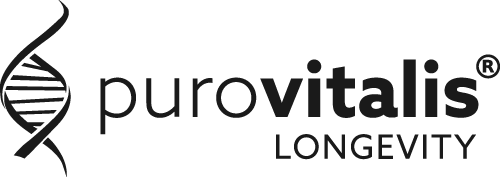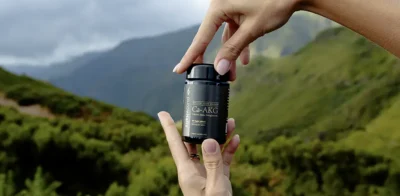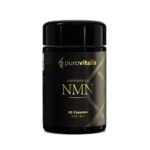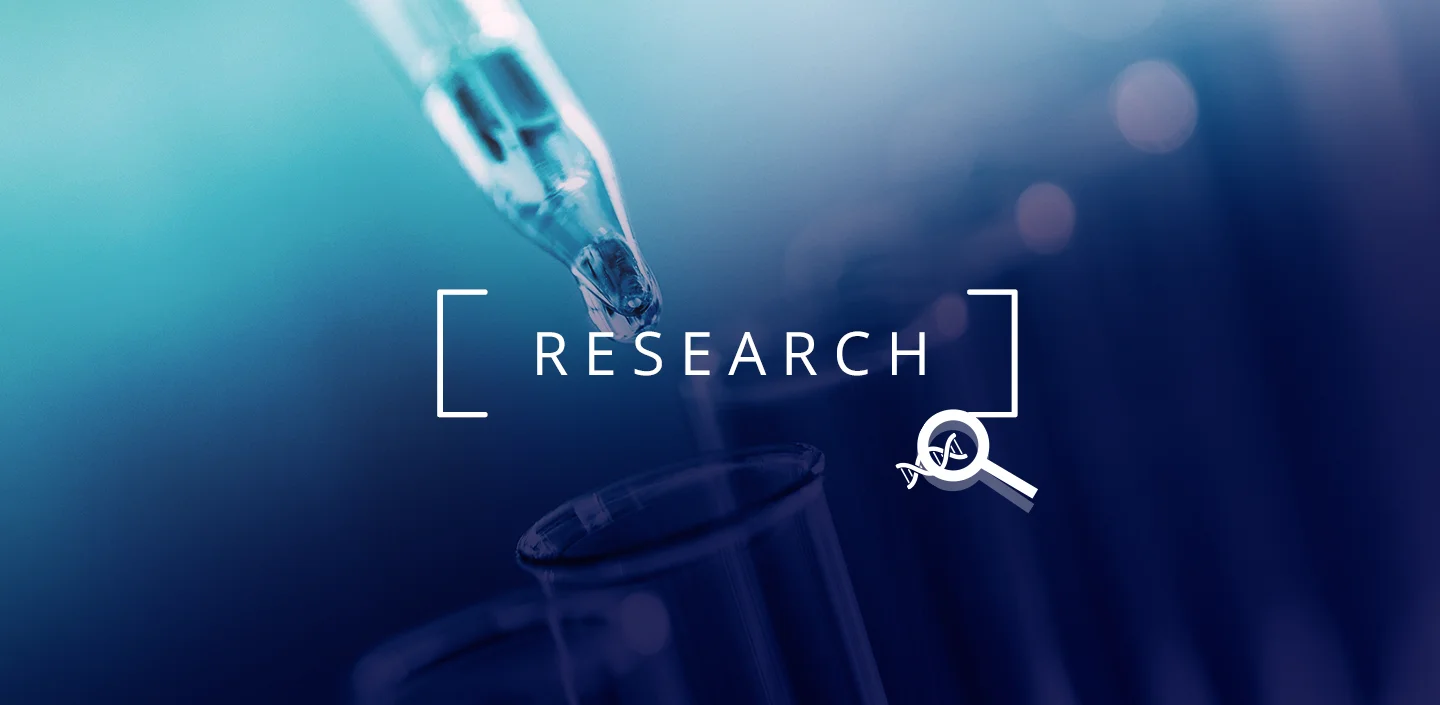
Het is nu algemeen aanvaard dat een dalend NAD+ niveau een van de belangrijkste indicatoren van veroudering is en een vitale rol speelt bij talloze ziekten. Daarom is een van de belangrijkste vragen met betrekking tot anti-veroudering die onderzoekers over de hele wereld willen beantwoorden: "Hoe kunnen we onze NAD+ niveaus behouden of misschien zelfs verhogen als we ouder worden?".
NMN is een natuurlijk voorkomende molecule en een structurele basiseenheid van RNA. Het is ook een voorloper van NAD+. Het is dus geen verrassing dat onderzoeken een verband hebben aangetoond tussen NMN-supplementatie en NAD+-niveaus.
NAD+ niveaus kunnen echter sterk variëren in verschillende weefsels en organen, en onderzoekers vragen zich ook af of een gecombineerde suppletie (NMN + andere veelbelovende voedingsstoffen) de NAD niveaus in specifieke weefsels kan verhogen. Een nieuwe studie uit juli 2022 leverde een aantal spannende resultaten op die deze vraag gedeeltelijk beantwoorden!
Hoe zag dit onderzoek eruit?
De muizen in dit onderzoek werden verdeeld in vier groepen die het volgende kregen:
- Controlegroep: Fosfaatgebufferde zoutoplossing (PBS) - Een oplossing die gewoonlijk wordt gebruikt voor controle
- NMN Groep: NMN gesuspendeerd in PBS
- NMN + Resveratrol-groep: NMN + resveratrol gesuspendeerd in PBS
- NMN + Ginsesoniseds Groep: NMN + ginsenosiden (Rg3 & Rh2) gesuspendeerd in PBS.
Doseringen
- NMN: (500 mg/kg)
- Resveratrol: (50 mg/kg)
- Ginsenosiden_ Rg3&Rh2 (50 mg/kg)
Deze doses zijn gekozen op basis van hun therapeutische dosis waarnaar verwezen wordt in eerdere wetenschappelijke literatuur. De dosis voor NMN is relatief hoog.
Wat is er bemonsterd?
Drie dieren per groep werden op verschillende tijdstippen bemonsterd. Namelijk op 1, 2, 4 en 6 uur na toediening. Weefselmonsters van de hersenen, het hart, de nieren, de lever, de longen en de spieren werden verzameld.
Waarom Resveratrol en ginsenosiden?
Resveratrol is een polyfenol. De supplementatie ervan bleek veel voordelen voor de gezondheid te hebben. Het kan oxidatieve stress verminderen, ontstekingen remmen en, nog belangrijker, de NAD+-afhankelijke deacetylase sirtuïnes (SIRT's) stimuleren.
Ginsenosiden zijn een groep natuurlijke plantaardige verbindingen die voornamelijk voorkomen in de ginsengplant en zijn de belangrijkste reden waarom ginseng vaak wordt beschreven als een superfood. De voordelen van ginsenosiden zijn onder andere immuunregulatie, antitumor effecten en effecten die te maken hebben met anti-veroudering, zoals het kunnen moduleren van NAMPT, een enzym in de NAD+ salvage pathway.
Kortom, er is ontdekt dat deze verbindingen samenwerken met mechanismen die verband houden met onze NAD+ niveaus. Daarnaast zijn het ook natuurlijke producten die gemakkelijk worden opgenomen en vrijwel niet giftig zijn voor mensen.
Resultaten van het onderzoek
De geëxtraheerde weefselmonsters werden getest op drie parameters:
- NMN (de toegediende NAD+ voorloper)
- NR (een andere NAD+voorloper, die wordt gesynthetiseerd uit NMN)
- NAD+ zelf
Laten we eens kijken naar de resultaten voor elk van deze parameters afzonderlijk:
1. NMN
Zie paragraaf 3.3 voor een grafiek met de oorspronkelijke resultaten.
Over het algemeen lieten de resultaten relatief hoge NMN niveaus zien, wat aangeeft dat NMN in het weefsel terechtkomt en niet alles wordt afgebroken tot NR.

| Weefselmonster | Groep met het hoogste NMN-niveau |
| Hersenen | NMN + Ginsenosiden |
| Hart | NMN + Ginsenosiden |
| Nieren | NMN + Ginsenosiden |
| Lever | NMN + Ginsenosiden |
| Long | NMN + Ginsenosiden |
| Spier | NMN + Ginsenosiden |
NMN+ ginsenosiden lijkt de ideale combinatie te zijn om de NMN-spiegels in deze weefsels te verhogen. Met name in de nieren, waar de NMN-spiegels met een factor 4,47 werden verhoogd. NMN + resveratrol was in staat om de NMN-spiegels in het hart met een factor 1,39 te verhogen.
2. NR
Zie paragraaf 3.4. voor een grafiek met de oorspronkelijke resultaten.
NR is de "tussenpersoon" in de omzetting van NMN in NAD+. Daarom is het ook een parameter die het onderzoeken waard is.

| Weefselmonster | Groep met het hoogste NR-niveau |
| Hersenen | NMN + Ginsenosiden |
| Hart | NMN + Resveratrol |
| Nieren | NMN + Ginsenosiden |
| Lever | NMN + Ginsenosiden |
| Long | Geen statistisch significant verschil |
| Spier | Geen statistisch significant verschil |
Net als bij de NMN-spiegels werd in de resveratrol-combinatiegroep een grote toename (1,93-voudig) in het hartweefsel waargenomen. De ginsenosiden-groep blijft bovenaan staan voor de hersenen, nieren en longweefsel. De NR-niveaus in long- en spierweefsel waren extreem laag in alle vier de groepen.
3. NAD+
Zie paragraaf 3.5 voor een grafiek met de oorspronkelijke resultaten.
Als laatste, maar zeker niet minst belangrijke, kijken we naar de NAD+ niveaus om ons te helpen de kernvraag van de onderzoekers te beantwoorden.
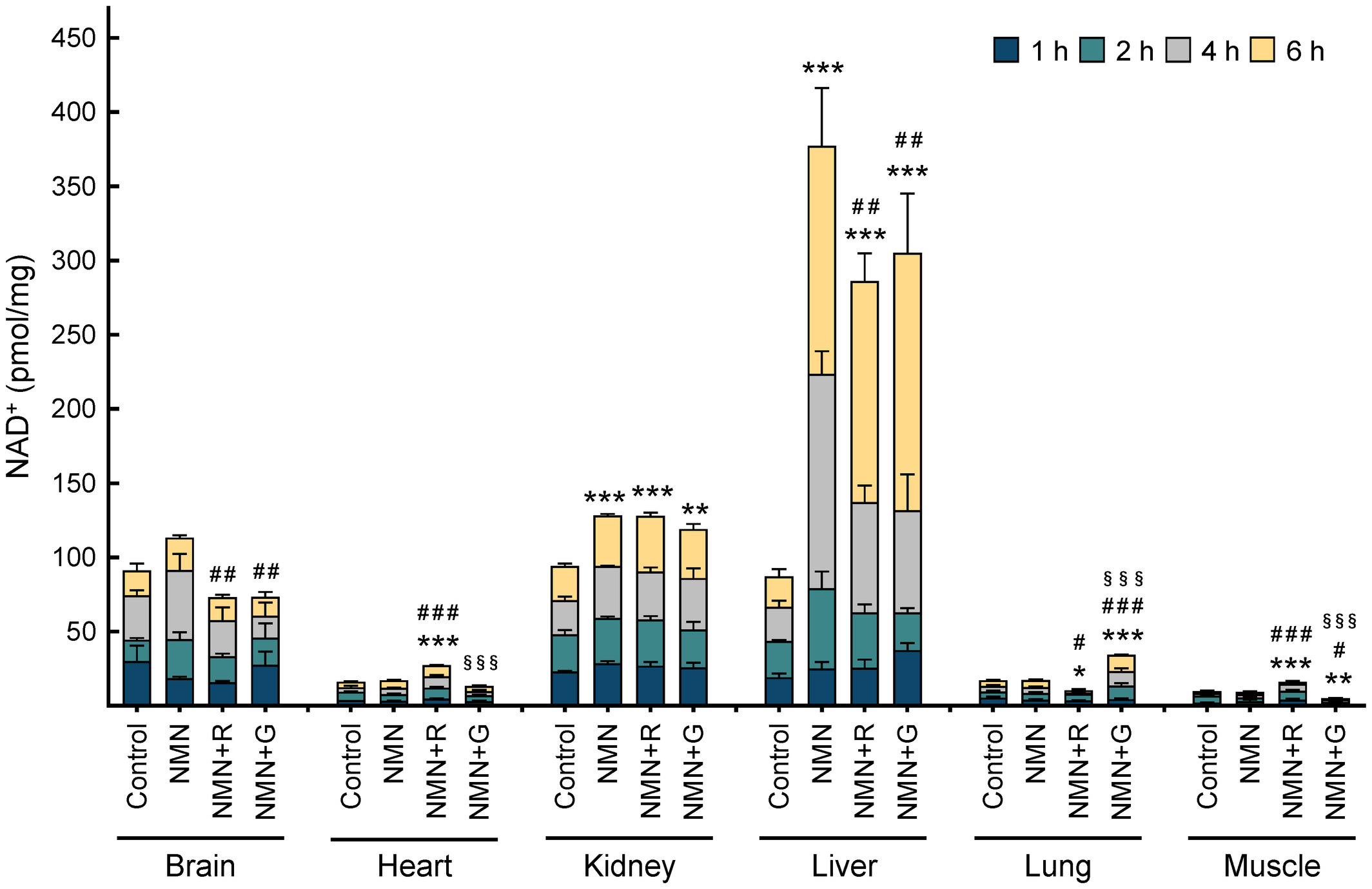
| Weefselmonster | Groep met het hoogste NAD+ niveau |
| Hersenen | NMN |
| Hart | NMN + Resveratrol |
| Nieren | NMN |
| Lever | NMN |
| Long | NMN + Ginsenosiden |
| Spier | NMN + Resveratrol |
In combinatie met resveratrol werd het effect op de NAD+ niveaus in het hart en de skeletspier respectievelijk 1,59- en 1,72-voudig verhoogd. Ginsenosiden verhoogden de NAD+-spiegels in de longen 1,97-voudig.
Meenemen van deze resultaten:
We zagen dat het combineren van NMN en resveratrol de NAD+ niveaus in het hart en de spier met statistische significantie kon verhogen in vergelijking met NMN alleen. In combinatie met ginsenosiden werden de NAD+ niveaus in het longweefsel verhoogd. Ondertussen was oraal NMN op zichzelf het meest effectief in het verhogen van NAD+ niveaus in de nieren en lever.
Deze resultaten laten zien dat NAD+ niveaus in verschillende weefsels sterk kunnen variëren. Daarom zouden combinatietherapieën kunnen worden afgestemd op de individuele medische omstandigheden van een persoon. Een patiënt die vatbaar is voor longaandoeningen zou bijvoorbeeld geadviseerd kunnen worden om NMN aan te vullen met ginsenosiden.
Beperkingen van het onderzoek
Hoewel de resultaten en methodologie van dit onderzoek overtuigend zijn. Er was geen sprake van belangenverstrengeling (d.w.z. het onderzoek werd niet gefinancierd door een supplementenmerk dat NAD+, resveratrol of ginsenoside supplementen verkoopt). Desondanks voldeed de onderzoeksopzet niet aan de gouden standaard. Het had een paar beperkingen:
- Een kleine steekproefgrootte die de statistische evaluatie kan vertekenen.
- Het was een onderzoek met muizen. Het is waarschijnlijk, maar niet zeker, dat soortgelijke resultaten kunnen worden gereproduceerd bij mensen.
- Er werden alleen volwassen muizen gebruikt
Referenties
https://bpspubs.onlinelibrary.wiley.com/doi/10.1002/prp2.986


